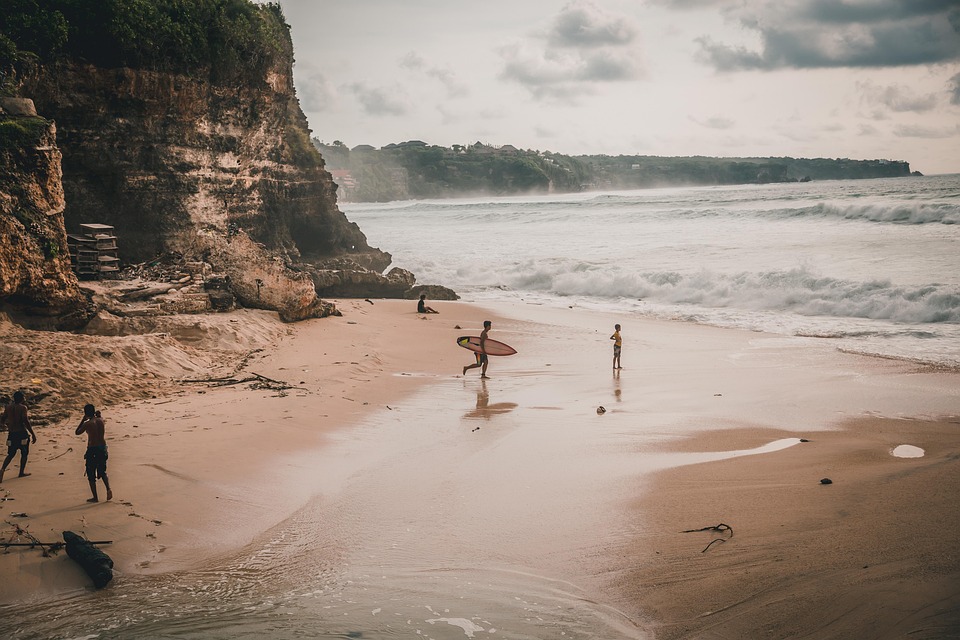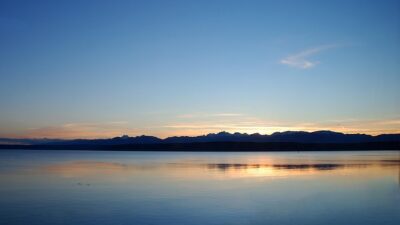Big wave surfing stands as one of the most exhilarating and treacherous sports on the planet, capturing the hearts and imaginations of thrill-seekers worldwide. These gargantuan waves, often towering over 20 feet, offer an unmatched adrenaline rush but come with significant risks. For those brave enough to take on this aquatic beast, big wave surfing isn’t just a sport; it’s a lifestyle and an art form.
A Brief History
The roots of big wave surfing can be traced back to the early 20th century, but it gained prominence in the 1950s and 1960s, particularly in Hawaii, recognized as the birthplace of the sport. Surfers like George Downing and Laird Hamilton pioneered new techniques and gear, pushing the boundaries of what was possible on water. The infamous surf spot known as Waimea Bay became a haven for those seeking both challenge and glory.
As the decades passed, advancements in surfboard technology and tow-in surfing — a technique where surfers are pulled into waves by jet skis — opened new doors, allowing surfers to ride waves of previously unimaginable sizes.
Recognizing the Giants
Big waves are classified based on height, but not all large waves are considered "big" in the big wave surfing community. Typically, a wave must be at least 20 feet (6 meters) for it to qualify. Some of the most notorious big wave spots around the globe include:
- Pipeline, Hawaii: Known for its powerful barrels, this spot is both beautiful and deadly.
- Jaws (Peahi), Maui: A legendary wave that can reach heights of over 60 feet, Jaws attracts elite surfers from around the world.
- Teahupo’o, Tahiti: Famous for its heavy, hollow waves that break over a shallow reef, challenging even the best surfers.
The Mindset of a Big Wave Surfer
To take on these titans of the ocean, surfers must possess a unique mindset. Confidence, resilience, and mental fortitude are crucial. The adrenaline rush of paddling into a massive wave can be daunting, but a surfer must remain focused. Failure to do so can lead to catastrophic consequences.
In addition to mental preparation, big wave surfers often engage in rigorous physical training, including cardiovascular workouts, strength training, and breath-holding exercises. The ocean’s unpredictable nature requires surfers to be in peak physical condition.
The Risks Involved
While big wave surfing offers thrilling experiences, the risks associated with the sport are ever-present. Surfers face numerous dangers, including:
- Drowning: The immense power of the waves can easily overwhelm even skilled surfers.
- Injury from Impact: Collisions with the ocean floor or other surfers can result in serious injuries.
- Surfboard Injuries: The board itself can become a dangerous projectile, leading to cuts and bruises.
- Hypothermia: Cold ocean temperatures can pose significant health risks if surfers remain in the water for extended periods.
Despite these dangers, the allure of conquering a massive wave continues to draw surfers into its embrace.
The Culture Surrounding Big Wave Surfing
The big wave surfing community is a tight-knit one, embodying a culture of camaraderie, respect for the ocean, and dedication to the craft. Surfers often form strong bonds through shared experiences, both in and out of the water. They rally around each other in times of need, supporting one another through injuries and personal challenges.
Events like the Big Wave Awards celebrate exceptional rides and highlight the achievements of surfers who exceed the expected limits. These competitions have developed a rich history and contribute to the ongoing evolution of the sport.
Conclusion
Big wave surfing is more than just a thrilling sport; it’s a test of courage, skill, and resilience. For those who dare to face the mighty ocean, the rewards are immense but come with significant risks. It requires a special breed of individual, one who thrives in the face of adversity and seeks the thrill of living on the edge. As the sport continues to evolve and attract new generations of daredevils, the ocean remains a canvas for surfers to paint their audacious stories of triumph and survival.



